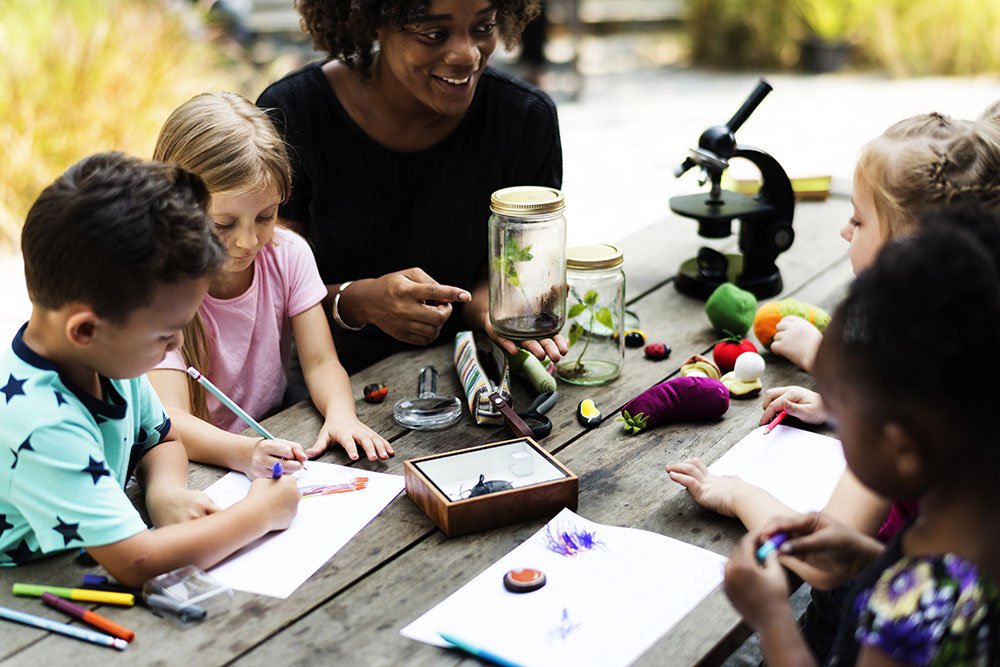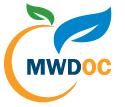 Over the past year and a half, the Municipal Water District of Orange County’s (MWDOC) interest and involvement in youth education has grown exponentially. What began as an introduction to water for elementary school children nearly five decades ago, has evolved into a robust suite of water-centric resources and programming for all Orange County’s K-12 students and teachers. While the goodwill associated with these efforts is clear, a deeper, more profound strategy has driven the shift.
Over the past year and a half, the Municipal Water District of Orange County’s (MWDOC) interest and involvement in youth education has grown exponentially. What began as an introduction to water for elementary school children nearly five decades ago, has evolved into a robust suite of water-centric resources and programming for all Orange County’s K-12 students and teachers. While the goodwill associated with these efforts is clear, a deeper, more profound strategy has driven the shift.
For hundreds of years, water has been treated and moved to support agriculture, industry, commerce, transportation, and towns, enabling communities to grow quickly and flourish. Water is an essential natural resource that we rely on to grow food, ensure optimal health, fight fires, generate electricity, and manufacture products and services that fuel our economy. In short, water is essential to life, and environmentally literate students understand how their social, economic, and civic decisions can, and will, affect the health and availability of our limited natural resources.
If 2020 taught us one thing, it is that the world continues to change, and nothing is certain. People must evolve and assume personal responsibility to create a sustainable future. Early, sound environmental education develops critical thinking skills and an understanding of how actions, decisions, and lifestyle interact directly with the resources we depend on.
There are many benefits of approaching water education with the goal of increased environmental literacy. Here are a few:
- When we use the environment as the context for learning, students are connected to places that matter to them and have a motivating framework for study.
- Students who are guided to examine local water challenges from all perspectives form well-rounded, inclusive ideas before developing a position.
- State and national learning standards are met through the integration of Environmental Principals & Concepts. Water is no longer a resource reserved for science education.
Environmental literacy is a concept woven into all MWDOC education initiatives. From K-12 Choice School Programs and Grab-and-Go water activities, to STEM-based water education clinics for Orange County Scouting and Girl Scouts organizations, MWDOC’s education programs and resources emphasize the skills and knowledge needed to succeed in our changing world. Competencies like questioning, analyzing, and defining problems, reasoning, and developing solutions are all skills that extend far beyond the classroom.
Work is also underway to integrate environmental literacy into Career Technical Education programs, the driving force behind the Water Energy Education Alliance (WEEA), a united Southern California association of water, energy, and education leaders working to build and strengthen workforce pathways for high school students. WEEA is administered and led by MWDOC, and to date, has over 80 active participants with more than 55 organizations represented.
Finally, the District’s approach to K-12 water education underscores the connections between people and natural systems, reinforcing the importance of good water stewardship. We can assume that many Orange County students may never visit the Sacramento-San Joaquin Bay Delta or Colorado River – Southern California’s two primary sources of imported water. However, by engaging students in their local environmental challenges and guiding them to use critical thinking skills to investigate the problem and find solutions, complex issues like Delta Conveyance, water storage, water quality, and water reliability will make more sense and become a personal experience. So too will reasonable, actionable strategies like recycling, energy efficiency, water conservation, and engaged citizenship. These goals aimed at our youngest water users will contribute to the long-term health of our natural resources, the strength of our economy, and the continued sustainability of our communities.
By Tiffany Baca, Public Affairs Manager, MWDOC
Previously featured in the February 2021 eCurrents Newsletter

